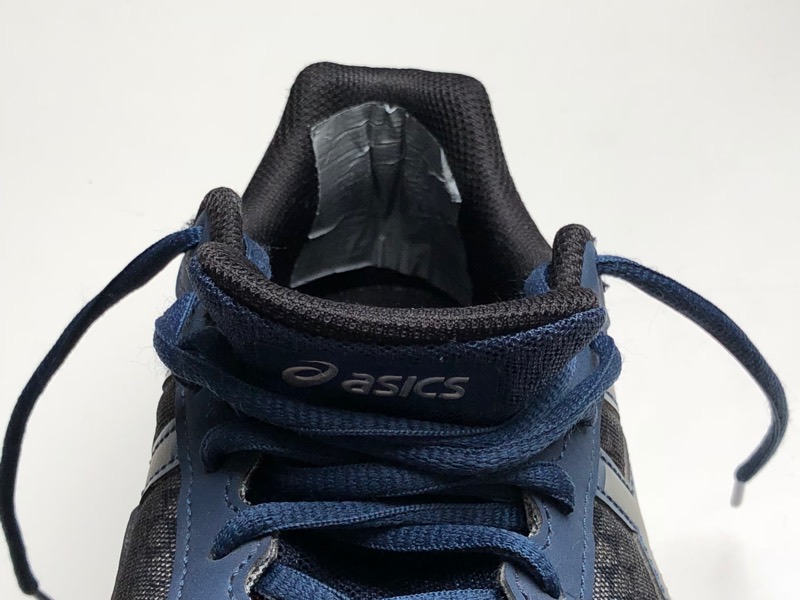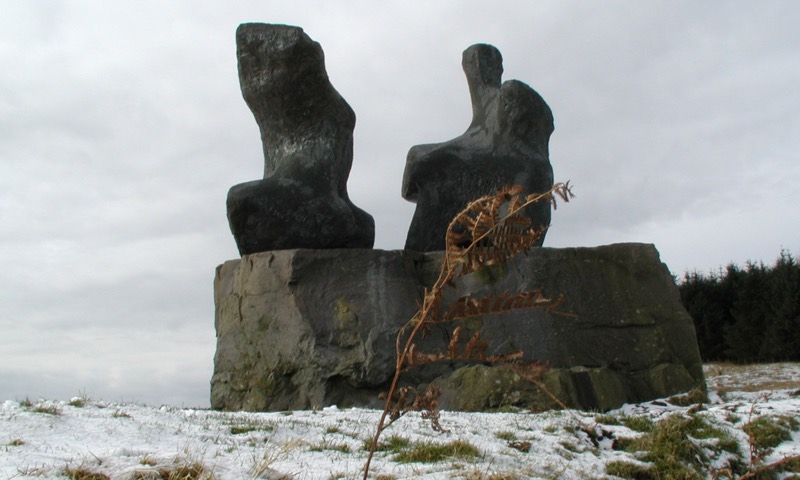In the end I decided not to take part in the 100 van Leeghwater 100km walk at the start of August. There are various sensible health-conscious face-saving reasons I could give:
- We were right in the middle of a heatwave, in an extraordinarily warm summer, and it had been up over 30° during the day. Just as I intended to skip the walk if it was raining, the heat was too intense for that kind of extreme physical activity to be sensible.
- Partly because of the heat in the weeks leading up to the walk, but also because of other factors, I hadn’t stuck to my training plan, and so I wasn’t at peak walking fitness.
- I am very sensitive to sleep disruptions these days, and a night of little sleep can knock me off my stride for a day or two. Walking all the way through the night was going to knock me out for several days afterwards. Just as I find the sensation of a hangovers not worth the pleasure of drinking the night before any more, I really dislike the dragged-out sensation of not enough sleep.
And while all of these factors played a part, the truth is that I asked myself the question: “do I actually want to do this?” and came up with a “no.” There are plenty of things I have to do, but I’m making an effort to reduce the number of things that I only feel I have to do, and to spend more time doing the things I want to do. Paying the entry fee for the walk, and telling people that I was going to do it were encouragements for me to go through with the walk. They would have worked better if the walk was something I wanted to do in the first place, but my relationship with “want” is strained right now.
Persistence-support mechanisms can be useful, but they can also drag you down if you change your mind, or don’t achieve a goal for some reason. In making the decision not to walk, the hardest part was not feeling like I was failing at something. Our culture rewards action, not inaction. It is seen as virtuous to struggle and accomplish something you have no love for. But managing to avoid effort that would bring you no joy is not something to relish. Shortcuts are somehow seen as cheating. See also Bertrand Russell’s essay, “In Praise of Idleness.”
I did learn a few interesting things during my training:
- The first time I tried using a racer’s loop to tie my shoes was on a long walk with a pair of brand new shoes. In retrospect doing a long walk on a brand new pair of shoes was a bad idea, and I won’t make that mistake again. I couldn’t get comfortable with it the racer’s loop on that walk, but I never really got comfortable with the shoes at all on that day. Once the shoes were broken in, the racer’s loop became comfortable, and was effective at reducing heel slip for me.
- Even so, heel slip still appears to be a characteristic of my walking gait, and the heels started to wear through after I’d put in a mere just 150km on them. What I discovered, though, was that a strip of duct tape on the inside of the shoe works wonders.

- Likewise, taping up my feet with plain Hansaplast sports tape works wonders for preventing blisters, and stopping them in their tracks when I feel a hot spot forming. I tend to tape up my heels, the balls of my feet, and the area just under my big toe. Discovering this was a revelation. I just need to pay enough attention to my body to actually stop and tape when I feel one starting rather than powering through to the next planned rest stop.
- It takes my body about 5 days to re-absorb a foot blister if I don’t pierce and drain it. (So if I get a blister on a Sunday, walking again the following Saturday is not a problem.)
- The shoes I have are size Asics Patriots, size 43.5. This size is just perfect for comfortable casual use, but on long walks my feet swell quite up quite a bit, to the point that these shoes are too small. Even though the material above the toes is flexible, the pressure and squeezing can sometimes cause some numbness in my big toe and index toe. I’m not sure if this means I should start off with a larger size shoe, or maybe bring a spare pair with me for switching part-way.
- I walk much faster in cool weather than in warm weather. (9m40 to 10m15 per km kind of variability.)
- No matter how much I pee before I leave the house, I always need to go again about an hour after I start.
- There is a nice public toilet at Zaanse Schans that opens at 08:00, at least during the tourist season.
- Finding the right balance between hydration and publicly available toilet spots is important.
- Cubes of cheese, dried fruit, and Turkish delight make good snacks for on-the-go energy.
- Long training walks are really boring. On my traditional long walks, I always walk to a destination. And I always stop off along the way to look at things and take pictures. But for the training walks I selected loops that started and ended at home, and I was walking them for speed, not for sightseeing. Even with a phone full of podcasts, the training walks felt like work, not pleasure.
- I was using standard wired earbud headphones, and the cord inevitably got in the way, and got tangled whenever I put my pack on and took it off to grab a snack. When I bought a pair of noise-cancelling headphones last year, I was surprised by how their wirelessness quickly stood out as their defining feature for me. I don’t think they’d be good for long walks, though. They’re too tight around my head, and my ears get sweaty. A pair of Apple Airpods for occasions like this is tempting, but my long walks are longer than the 4-5 hour battery life they afford, and I worry that charging them up part-way through would be annoying. (Or worse: if the battery runs out just shortly before the end of a walk.) Also, Airpods aren’t any louder than standard earbuds, and quiet podcasts are already hard to hear if I’m walking alongside a busy road.
